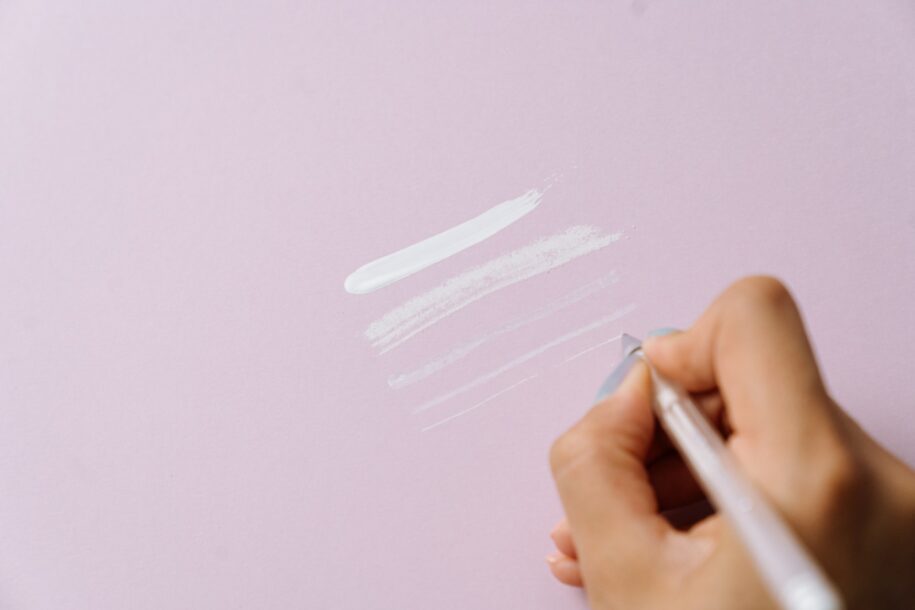Adding color to a project is a crucial step that can significantly impact the overall look and feel of the artwork. The use of color strokes is a critical aspect of creating a visually appealing piece of art. Color strokes refer to the different ways in which an artist applies color to the canvas, and each stroke type creates a unique effect.
When it comes to creating strokes, there are different types that can be used, each with a distinct purpose:
- Hatching strokes are created by drawing a series of close parallel lines and are typically used to create shadow and depth in a painting. They can also be used to create texture.
- Stippling strokes, on the other hand, are created by drawing a series of small dots and are often used to create a soft, blurry effect. They can also be used to create a delicate look.
- Crosshatching strokes are created by drawing a series of crossed lines and are often used to create a more intense shadow effect. They can also be used to create a more textured look.
Color strokes can also be categorized into three types: light, medium, and dark, each of which creates a unique effect:
- Light strokes can create a soft and gentle effect and are used to add highlights and dimension to a piece.
- Medium strokes can add depth and shade, and they can also be used to create shadows and add texture.
- Dark strokes can create a bold and dramatic effect and are used to add depth and definition to a painting.
Techniques to apply color strokes include using a single color or mixing different colors. For example, using a single color all over can create a bold and eye-catching look, while mixing and matching different colors can add dimension and interest to the artwork.
Different stroke types, such as neat, blended, fuzzy, and distressed strokes, create different color effects:
- Neat strokes are clean and well-defined, and are typically used to create sharp, contrasting color effects.
- Blended strokes are blended together and create softer, more subtle color effects. Fuzzy strokes are not well-defined and create more chaotic, unfocused color effects.
- Distressed strokes are deliberately distressed and create more rugged, weathered color effects.
Adding color to your artwork is an exciting and crucial step that can make a big difference in the overall look and feel of your piece. Don’t be afraid to try out different stroke types and techniques through experimentation to find what works best for you as an artist. Remember, proper application of these strokes is also essential to achieve the desired result and create a stunning piece of art. So, have fun and enjoy the creative process!

